Waste Management in Healthcare: What Goes Where
In the medical field, waste management is very important not only for you and your patient, but for other people and the environment. As a caregiver, you should know what goes where.
Big deal? Types Other tips Standard Medical Sharps Recycle Pharmaceutical Save/pin
Click here to download and print a list of items and what type of waste they are (pdf)
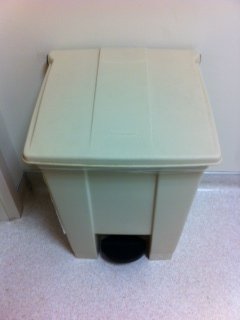 Standard waste bin with lid
Standard waste bin with lidWhat's the Big Deal?
Why not just consider everything standard waste and throw it in a regular trash bin? What's the big deal? Even though doing so may not affect you or your patient, it could very easily affect many others.
Think about this, do you really know where all of your trash goes? You may think you do, but trash is disposed of in different ways: dumps, landfills, the ocean, recycled, some of it is also incinerated. Every location disposes trash in different ways.
If this isn't bad enough, think about all the different people who have to handle the waste after it leaves your house or facility. Sometimes bags easily tear or leak, especially the thin bags most people use for standard waste and some places will even go through it to look for recyclables even if it isn't in a recycle bin.
The point I am trying to make is people don't always use the best precautions when it comes to waste management. As a caregiver, you need to make sure the wrong waste doesn't get into the wrong hands for the sake of their health, people around them, as well as the environment.
Types of Waste
For caregivers at home, waste management may be more difficult, but hospitals and similar facilities are very good at providing the right bin for the right kind of waste.
At my hospital, every room has:
- A standard waste bin, which looks like a normal trash can and contains a white or clear bag
- A medical waste bin, which is red, contains a red bag, and has "biohazard" written on it
- A sharps container, which sits on the wall and has a small opening to put sharps waste in
- Also, while not in every room, there are also recycle bins, which are green and/or blue and normally have a strange lid with small openings
- If needed, we also have a chemotherapy waste bin, which contains a yellow bag and is usually stored in an isolated room until picked up
Are all of these different kinds of waste bins making your head spin? Fear not, just click on the links to see what goes where. Do not stress yourself out over these things. Before too long, you will automatically know where things go. A lot of things will even seem like common sense to you right away.
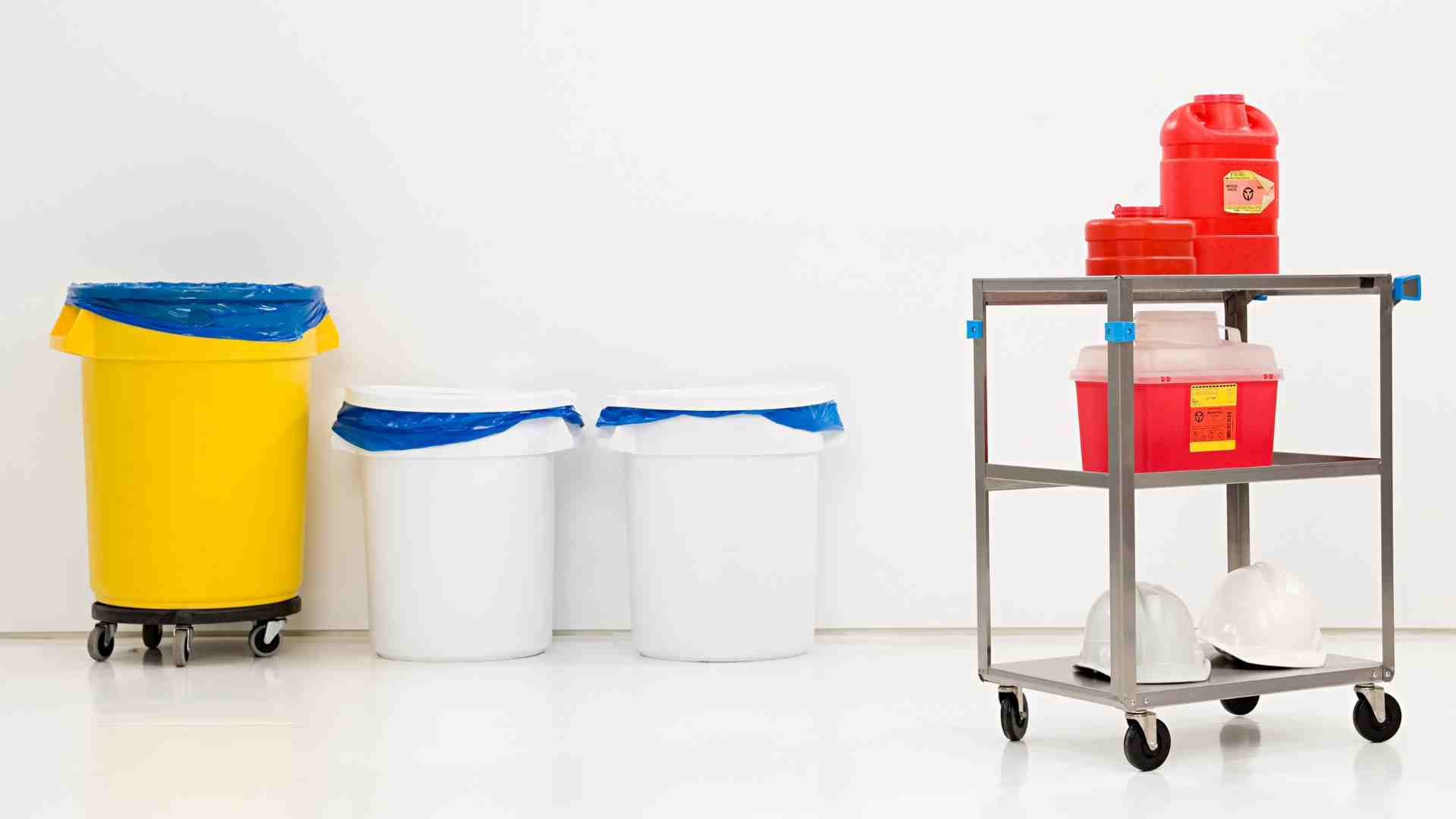 Various waste bins
Various waste binsOther Tips
Something many people take lightly are things like putting standard waste in a medical waste bin or recycle bin. While doing this isn't necessarily a health or environment hazard, it still causes extra work for people. Managing medical waste is quite a bit more expensive than standard waste and recycle bins have to be sorted through. Don't be the cause of unneeded work.
One of the most important parts of waste management but also one of the most ignored is not letting waste overflow. If a bag is full, change it. If a container is full, switch it out. Yes, this is common sense, but many people ignore this step until somebody else does it. Yes, I'm preaching to myself as well. The best solution is to take care of it yourself before it gets out of hand.
If you work in a hospital or similar facility and don't have bags and containers readily available, contact whoever you need to to get it changed out. If trash is continuously overflowing and affecting your job in the process, you need to talk to your supervisor about improving your unit's waste management.
What is Considered Standard Waste?
Why make a list of standard waste? It's basic stuff right? It may be to some people, but there are a lot of things caregivers use that may be subjective as how to dispose of it.
If you are in an unfamiliar area, how do you know what the bin looks like? It will most likely be unmarked since most people already know what they look like and have a clear or white bag in them. Any other type of bin with an unrecognizable symbol may be for some other type of waste. When in doubt, ask.
List of Items Can you Recycle it?
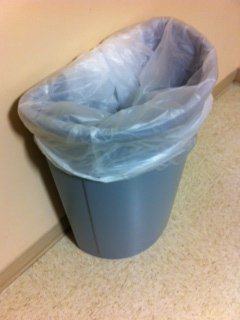 Standard waste bin
Standard waste binList of Items
Here is a list of items that go into a standard waste bin when you are ready to dispose of it. This list is the same at home, in a nursing home, as well as a hospital. Some are a given while others, not so much.
- Any type of food
- paper, unless it has confidential information
- plastic eating utensils
- paper towels and paper cups
- any form of styrofoam
- tissues
- band-aids
- all kinds of tape
- medical gloves that are not soaked with blood or bodily fluids
- any size gauze pads as long as they are less than 50 percent soiled
- alcohol wipes as long as there are only a few drops of blood on them
- soiled but not soaked wound dressings
- basins including emesis basins
- bedpans as long as they are empty
- urinals as long as they are empty
- empty urine specimen cups for lab samples
- empty stool containers for lab samples
- disposable drapes, mainly used for surgery
- disposable lab coats
- isolation gowns
- empty foley catheter bags
- adult diapers, or briefs as I like to call them
- disposable incontinence pads
- surgical masks
- empty IV bags and tubing without blood on them
- personal protective equipment (PPE)
- sanitary pads and tampons
Can You Recycle It?
If there is a recycle bin that will accept any of these products, by all means, it is better to recycle them rather than waste them. Just make sure you put them in the right bin because some recycle bins only accept specific items.
There are too many things to list that are considered standard waste but some of the things not listed, you probably already know. If you do not see the item you are looking for, look further on this page to see if the item belongs somewhere else.
What is Medical Waste?
Medical waste is a special kind of waste that should be dealt with and disposed of carefully. Not doing so could be hazardous to others as well as the environment. Other terms that mean the same thing are clinical waste, hazardous waste, biomedical waste, and biohazard waste.
What separates this kind of waste from standard waste? Items that could infect others who come into contact with it are considered medical. Disposing of these things separately greatly reduces the chance of someone else becoming ill.
What to look for List of items Closing the bag Using the right bin
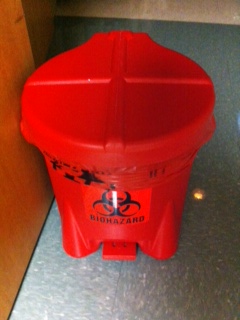 Medical waste bin
Medical waste binWhat to Look For
How do you know if a bin is for medical waste? It will always be red with a red bag inside. Most of them will also have a biohazard symbol with the word biohazard written on it. It really stands out as it should. Just like standard trash bins, they come in all different sizes.
Hopefully, the bin will have a lid. At the facility where I work, they actually have a lid that opens with a foot pedal. I love those types of bins because your hands don't have to go anywhere near what's inside. If you see one with the lid on, or even if it's just not sealed all of the way, close it until it is fully sealed.
List of Items
Many of these items are not normally used in the home setting but are common in hospitals and similar facilities. You may never come into contact with some of these items, but if you do, you'll know where to put them.
- containers, drains, or tubing with blood or blood products not discarded or flushed
- dialyzer and its tubing
- IV tubing with blood
- chest drainage
- gauze or surgical type dressings soaked 50 percent or more with bodily fluids
- OB sanitary pads soaked 50 percent or more with bodily fluids
- laboratory specimens including blood, urine, stool, or sputum
- adult diapers soaked 50 percent or more with or bodily fluids
- used culture plates, tubes, and bottles
- material from a blood spill
- medical gloves soaked with blood or bodily fluids
- surgical sponges/lap pads
- foleys with urine inside
- fully sealed disposable sharps container
Close the Bag Correctly
If the bag gets full and you have to change it out, make sure you tie the full bag properly. Bunny ears are not acceptable. That is when you grab the bag in two different spots and tie it in a knot which form two ends that look like ears coming out of the bag.
I've been told that if waste management sees a medical waste bag tied like this, they are required to hang it upside down for five minutes. If any fluid drips out within those five minutes, the hospital's sanitation score gets penalized. Sounds harsh? Not if you're trying to prevent infection.
So how should you tie it? Grip the open end of the bag and twist it around multiple times. Then form a loop and put the end of the bag through the loop. Pull both sides of the loop tightly to seal the knot shut. If done correctly, you could hold the bag upside down for hours and not see a drop of fluid.
Are You Using the Right Bin?
Some medical waste actually goes in a sharps container. If the item is able to easily puncture skin, then it is considered sharps waste. Never put an item that could easily poke through the bag or it could cause a major accident in the near future.
Do not put any of these items in a recycle bin even if they are recyclable. Anything that has blood or bodily fluids on it does not need to be reused under any circumstances.
What is Sharps Waste?
Sharps waste is actually a form of medical waste but should be handled and disposed of even more carefully. The difference? This form of waste is for items that can easily puncture or cut skin.
Sharps are disposed of differently than other types of waste. Their final destination is an autoclave which sterilizes them so they can be disposed of safely. They can also be incinerated but this is not common practice anymore. Many large facilities have their own autoclave but smaller ones have professionals cautiously pick up and dispose of the waste.
List of items Container Accident
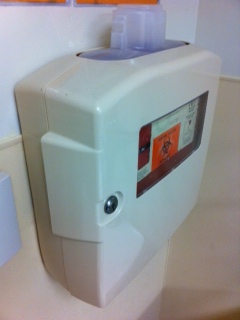 Sharps container
Sharps containerList of Items
Depending on where you work you may not use many of these things aside from a finger sticker for checking a patient's blood glucose. However, some places use many of these items. If you don't know what some of these things are, you probably shouldn't be using them.
- broken glass
- needles and syringes
- disposable surgical instruments
- biopsy forceps
- electrocautery tips
- glass pipettes
- microscope slides and tubes
- scalpel blades and lancets
- surgical staples and wires
- vacutainer needles/holder
- razors
- scissors
- lancet (finger sticker)
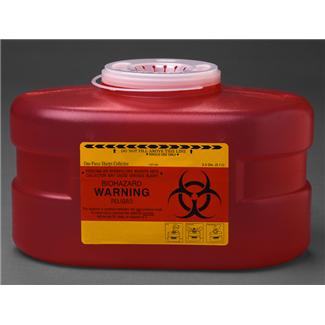 Sharps bin
Sharps binSharps Container
The best thing to do as soon as you are done with any of these items is to immediately throw them into the nearest sharps container. The longer you wait, the bigger the chance of you or somebody else getting a needlestick injury or cut.
The container is usually made of hard plastic that's difficult to puncture, otherwise it would defeat the whole purpose of having one. They are usually red and have a biohazard symbol and come in many shapes and sizes, but are typically smaller than a standard waste bin. The opening is usually very small for safety reasons.
The kinds at my facility actually hang on the wall in every patient's room so it is even easier to put sharps in them. The easier they are to reach, the better since an accident can happen so quickly and easily.
Even if these items haven't been used but need to be disposed of, you should still consider them sharps waste. If you throw them in any other waste bin, it could poke through the bag and accidentally puncture skin.
What if an Accident Does Happen?
What do you do if you or somebody else gets injured from a used sharps object? Seek immediate medical attention. Don't just clean it off and forget about it. The infection could already be in your bloodstream.
If you don't treat it as an emergency, you could very easily contract a disease like millions of others do per year from accidental needlesticks. Yes, millions. There's a reason why proper disposal of sharps waste is so important.
What Goes in a Recycle Bin?
Recycle bins are becoming more and more common as the years go by and for good reason. Everyone, including myself, should be recycling more waste now more than ever. I admit that I don't as much as I should but I am trying to do better and you should too.
They come in all different shapes and sizes but their colors are usually green and/or blue. You can identify the bins by their universal symbol which is three arrows that form a triangle.
Why should you? Why aren't we? List of items
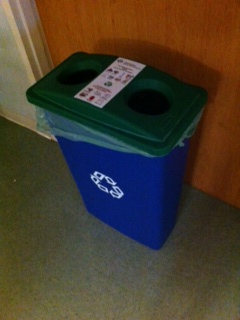 Recycle bin
Recycle binWhy Should You?
Why should you recycle? You probably already know the simple answer but there are many benefits that you may not think of. Of course it reduces the amount of raw materials we have to consume, but it also reduces the amount of energy we have to use, reduces air and water pollution because we don't have to dispose of as many items, and it also reduces radiation caused by greenhouse gases.
You may be thinking, "I'm not an environmentalist, what does all of this mean exactly?" Basically it means recycling is a good thing no matter what anybody else may say about it.
Why Aren't More People Doing It?
That being said, it can be a bit of a hassle at times. Different bins take different items and while some can mix and match, a lot of them only take one type of material such as only cans or only paper. This causes confusion and can take up more space because different bins are needed. Some people are even charged if they want their recyclables to be picked up.
These things result in people not even bothering with the matter but as the years go by, it is becoming more and more important. The environment is in the worst shape it has ever been but with our help, we can slowly but surely turn things around.
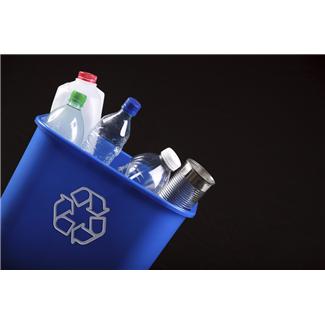 Full recycle bin
Full recycle binList of Items
Here is a list of common items that are recyclable. Before you put any of these items in a recycle bin, make sure that particular bin accepts them. It will either tell you through words or symbols what goes where.
- aluminum cans
- tin foil
- magazines
- plastic bottles
- Incentive spirometers
- juice and milk cartons
- junk mail, as long as there is not confidential information on it
- newspapers
- cartons
- egg cartons, cardboard and sometimes styrofoam
- phone books no matter how old or new they are
- cardboard
- plastic bags
- paper, as long as there's not confidential information on it
- glass containers such as jars
- paper and plastic cups but not styrofoam
- some electronics such as cell phones
At the facility where I work, there are bins specifically for recycling many items we use constantly. If you work in a hospital, make sure you use these bins because not only is it better for the environment, it also saves your hospital lots of money. The bins will be labeled so you know what goes where.
Blood pressure cuffs
sequential compression device (SCD) stockings
You may be rolling your eyes at this article but a little effort goes a long way. Spread the word and try to get as many people as you can to start putting their waste into good use by using recycle bins. They're everywhere for a reason.
Pharmaceutical Waste Stream Management
Pharmaceutical waste can be a confusing subject. These lists should just be taken as a general guide. If you are unsure about a particular medication, bring it to your local pharmacy and they should know exactly how to dispose of it properly.
Non-hazardous Hazardous Incompatible Bio-hazardous Chemotherapy Sewerable
Non-Hazardous
All prescription waste without a code goes to a blue container located at a pharmacy. Any waste with the potential to leak must be placed in a ziploc bag. It is not permitted by the Department of Transportation (DOT) to transport free fluids.
- Antibiotics
- Tylenol
- Aspirin
- IV's with medication left
- Creams
- Ointments
- Medication soaked in sponges or paper towels
- Pills and tablets
- Vials with medication
Hazardous
P-listed (Includes empty containers/packaging)
- Topical clindamycin (not IV)
- Topical neomycin
- Nicotine
- Warfarin
Hazardous
- Insulin
- Bulk chemotherapy
- Lindane
- Selenium
Incompatible Hazardous
These go to a pharmacy in a ziploc bag for proper disposal
Aerosols
- Pressurized inhalers
- Hurricane spray
- Benzocaine spray
Corrosives
- Glacial acetic acid
- glycopyrrolate
- sodium hydroxide
Oxidizers
- Potassium permanganate
- Unused silver nitrates sticks
- Cyanide antidote kit
Bio-hazardous
Dirty needles
- Empty syringes with needles
- Syringes with non-hazardous medications
Sharps
Medications
- Epogen
- Procrit
- Rhophylac
- Fluzone
- Albumin
- Botox
- IVIG
Trace Chemotherapy
Only trace chemotherapy is discarded in yellow containers. Bulk chemotherapy is discarded in black containers.
- Empty chemotherapy containers
- Gowns and gloves used in the preparation or administration of chemotherapy
Sewerable (Flushable)
All controlled substances
- Flush patches and tablets
- Sink injectables
- Propofol
Maintenance IV solutions containing the following:
- Potassium chloride
- Potassium phosphate
- Sodium phosphate
- Calcium
- Sodium bicarbonate
- Dextrose
- Saline
Pin These Lists!
Medical References for Caregivers
From Waste Management in Healthcare: What Goes Where to Home
Recent Articles
-
Common Truck Crash Injuries and Legal Remedies - Caregiverology
Jul 19, 25 10:49 AM
Known for its sun-drenched beaches, vibrant arts scene, and bustling maritime industry, Fort Lauderdale is a city that sees heavy traffic both on its roads and at its busy port. Unfortunately, with th… -
Why Expert Legal Help Matters After Serious Injury - Caregiverology
Jul 19, 25 10:35 AM
In Houston, over 67,600 car crashes occurred in 2023, resulting in 290 fatalities and 1,612 serious injuries. That’s roughly 185 accidents every day. -
How Life Care Planners Support Injury Recovery - Caregiverology
Jul 19, 25 10:18 AM
In Los Angeles, life care planners play a vital role in supporting injury recovery, especially for individuals facing catastrophic injuries such as traumatic brain injuries or spinal cord damage.

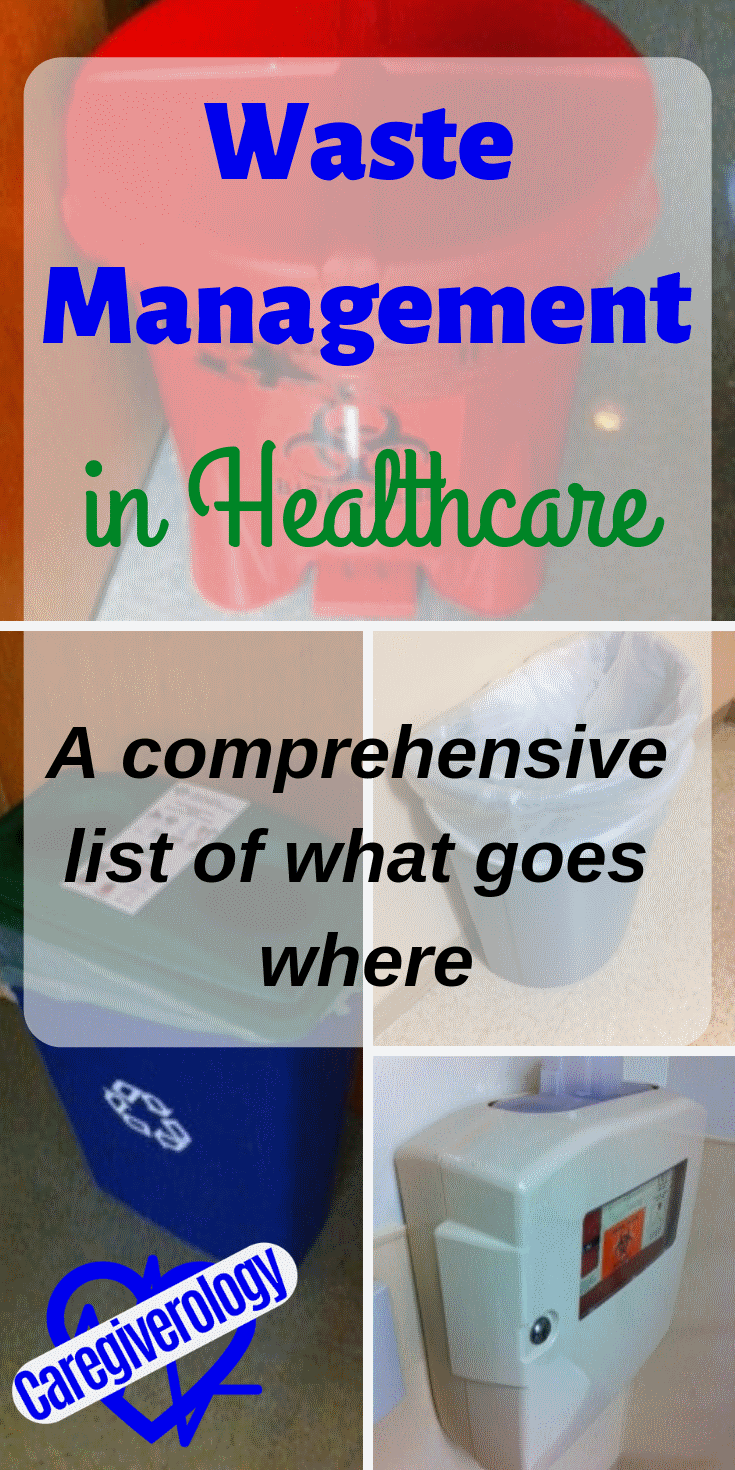
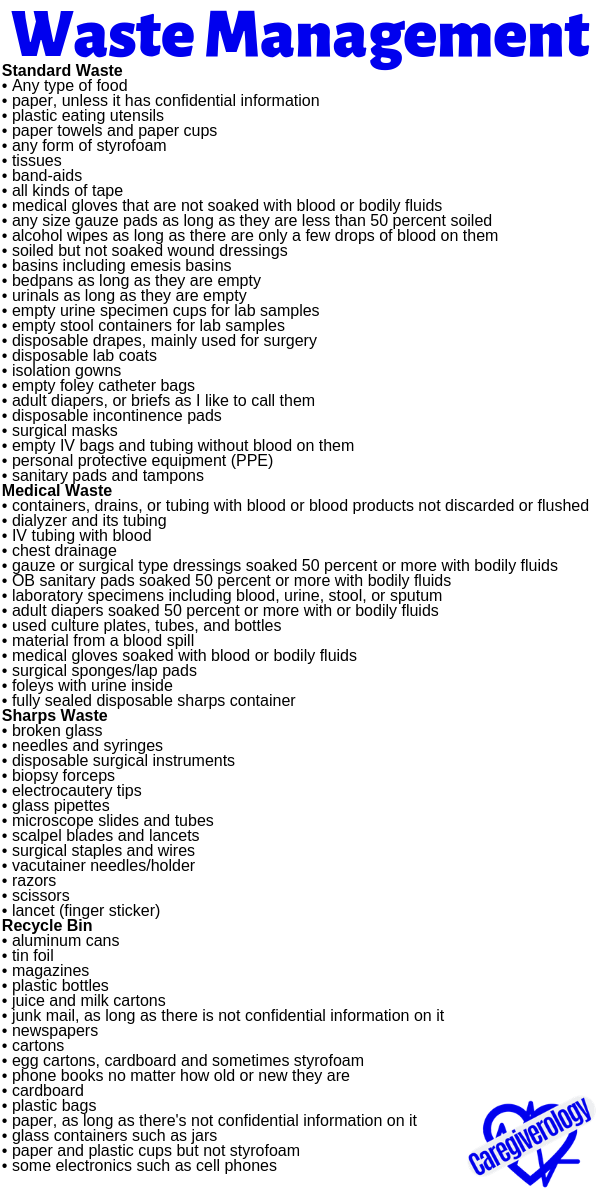
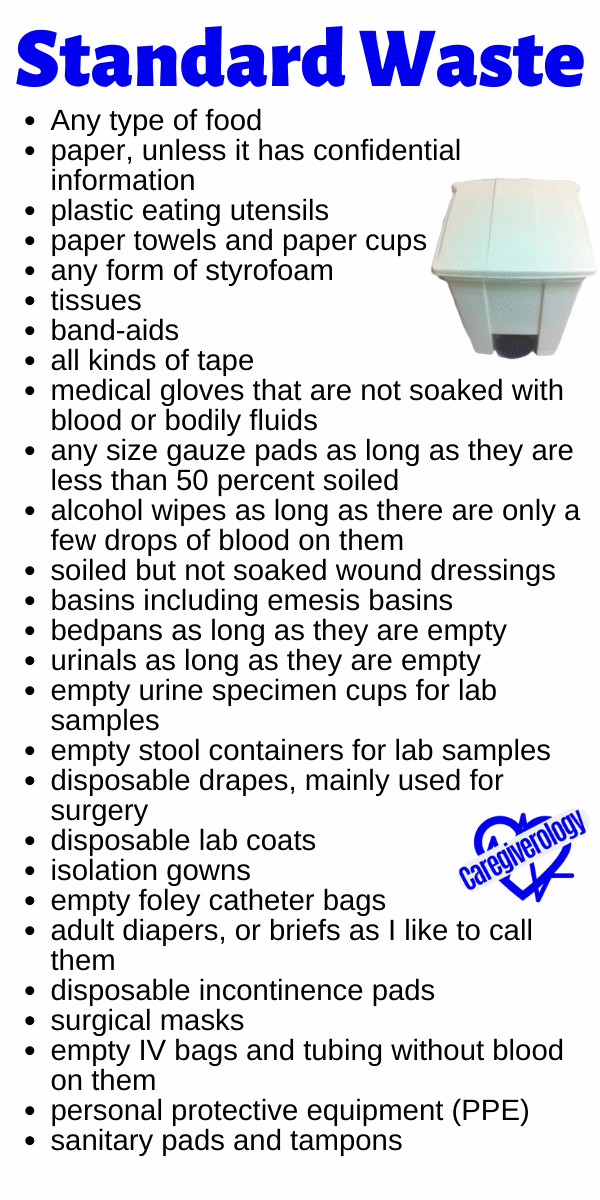
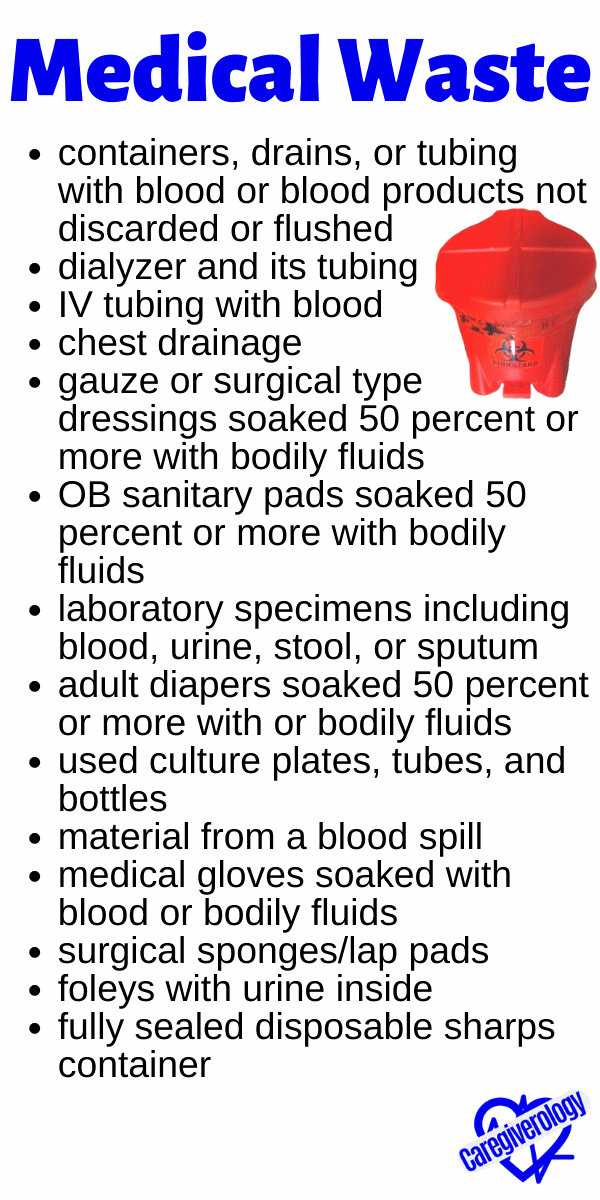
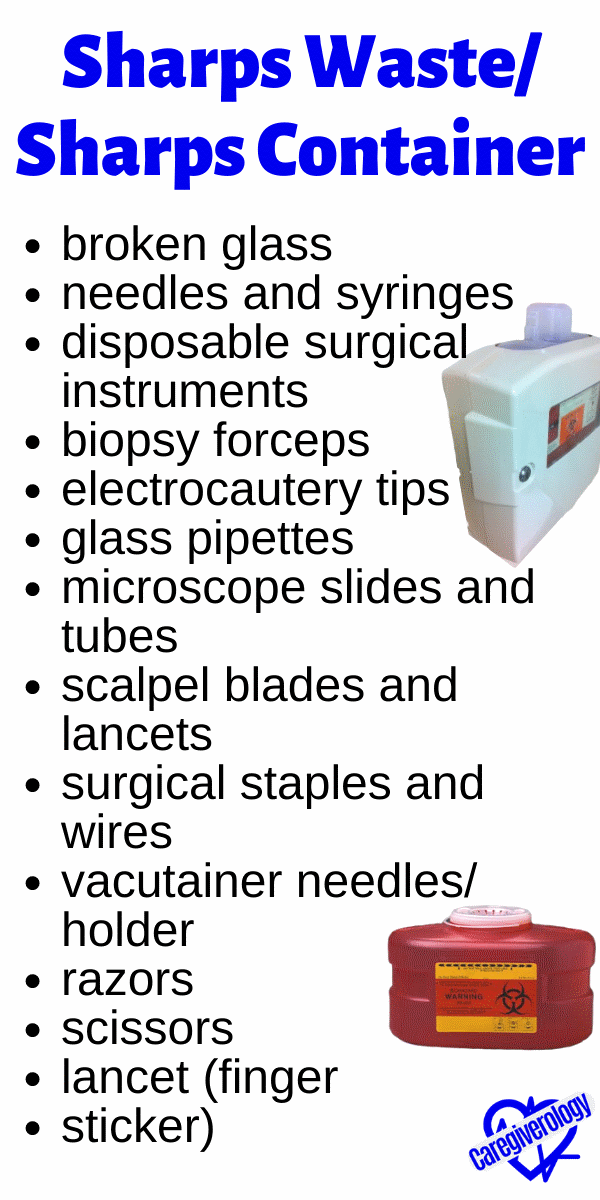
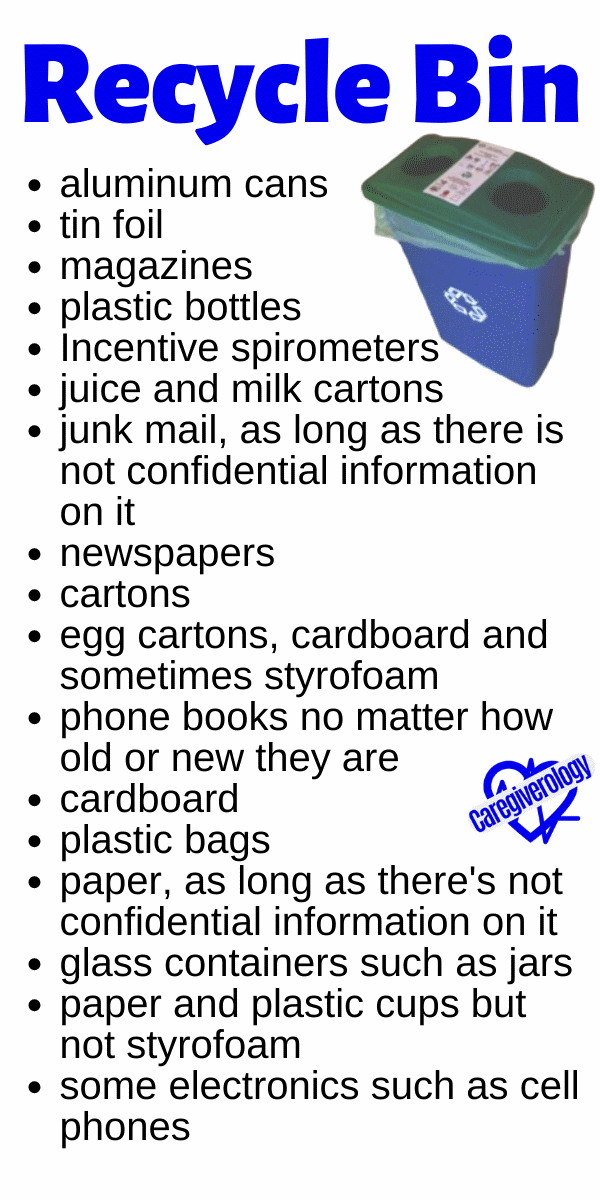



New! Comments
Have something to say about what you just read? Leave a comment in the box below.